The need to weigh or add weight to something are frequent features in science activities. Fortunately, not only are there many different options – and what’s “best” varies by activity – but plenty of them are inexpensive or free! Here we discuss what we’ve found to be the most useful and kid-friendly choices.
Scales
An electronic balance that measures to the nearest tenth of a gram is essential. You can find models sold for kitchen use for as little as ten dollars or even less on clearance. You’ll need this to create your own weight sets and prepare samples for activities. Young students can use these balances with adequate supervision.
Electronic balances give accurate readings in a second. If students will be weighing items during an activity, but the process of weighing is not important, then one or two balances can serve many students at a time.
Spring scales are not a particularly good choice for elementary students. They need to be zeroed frequently, most younger students have trouble reading them accurately, and it just takes a moment for a curious child to pull too hard on the hook, over extending the spring and ruining the scale.
Low-cost Weights

Pennies are very consistent in weight unless they are heavily damaged, severely corroded, or very dirty. Pennies come in two sizes. Pennies minted before 1982 weigh 3.1 grams. Pennies minted after 1982 weigh 2.5 grams. Pennies minted in 1982 weigh either 3.1 or 2.5 grams.
Nickels minted in 1965 or later also make convenient weights, with a mass of 5.0 grams apiece.
Can or bottle weights eliminate the need to stack lots of pennies to obtain totals greater than 25 grams. Any small bottle, lotion and shampoo bottles from hotels, film canisters, small spice jars etc. will do. Make sure they are clean and thoroughly dry. Weigh the empty bottle and cap, then fill to reach the desired weight. Dry sand, BB shot, rice, pennies, and small nuts or washers are good candidates. Can you think of a better use for old, rusty hardware?
Even a very small bottle can get quite heavy if filled with BBs or metal. Test to make sure they won’t burst if dropped from tabletop heights onto a hard floor.
Sandbags are useful for breaking bridges, material samples, etc. Although loose sand is often suggested for such activities, sand in bags is easier to handle, provides quick turnaround between samples, is much cleaner, and reusable for years. If it’s adequate for your purposes to determine a range (example: a bridge holds more than 1000g but less than 1100g) consider sand bags rather than loose sand.
Make these heavier weights out of small plastic bags, dry sand, and fabric bags. The fabric outer bag protects the plastic inner bag. If you don’t have access to scrap fabric and a sewing machine you could use sections of old socks or tights tied shut. The finished bags can all be the same weight, which makes calculation easier, but that’s not necessary as long as each is clearly labeled. A useful maximum weight is about 500 grams. Sand bags heavier than this are more likely to break if dropped unless the inner and outer bags are sufficiently sturdy.
Modestly Priced Weights

Flat washers cost more but the hole allows for easy suspension, useful for Hooke’s law and pendulum activities. They can be stacked on pegs when you want to adjust the weight of a wheeled vehicle. Zinc galvanized washers are adequate if stored dry, and cost much less than stainless steel or chrome. Compared to commercial weights, washers are an inexpensive and durable alternative when precise measurements aren’t required. The larger the washer the more variation one sees in weight between individual washers, so you’ll probably want to label each with its actual weight. There are many activities where simply recording the number of washers is sufficient.
You can also consider nuts, but these are harder to label. They are more compact than washers. Both washers and nuts can be found at any local hardware store, as well as common online vendors.
Commercial Weight Sets
Our favorite commercial weights are plastic Hexagram weights by Learning Resources, available directly from the company, educational supply houses, and many retailers including Amazon. These color-coded, stackable weights are washable, survive spills and drops, resist damage, and are less expensive than metal sets. They also snap together into stacks for convenience. Most plastic hexagram sets include 1, 5, 10, and 20 grams pieces. Sets including 100, 500, and 1000 grams pieces are available, but these are considerably more expensive.
(Note: We are not in any way sponsored by Learning Resources nor have any affiliation with them. We just genuinely find these weights to be the best option for kids that we’ve tried.)
Do you have another approach for weights on the cheap? Found a kind of weight that works perfectly for certain activities? Developed a clever method to help kids measure out weights? Let us know in the comments or drop us an email!
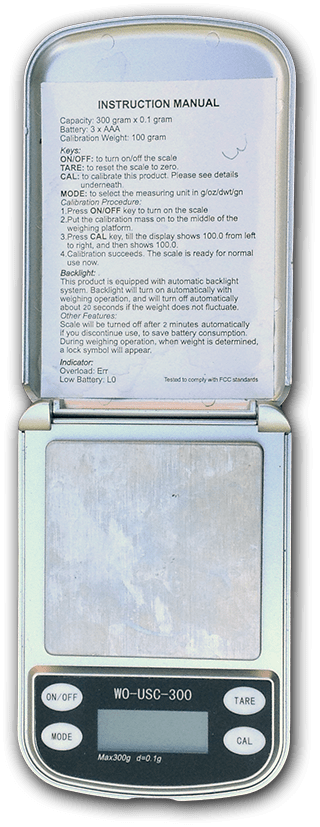
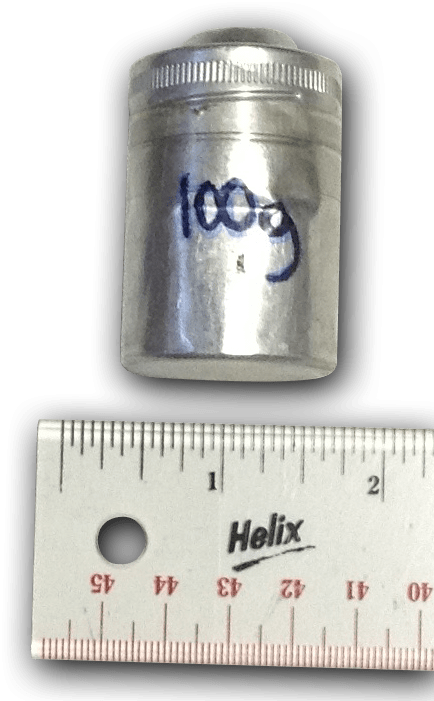
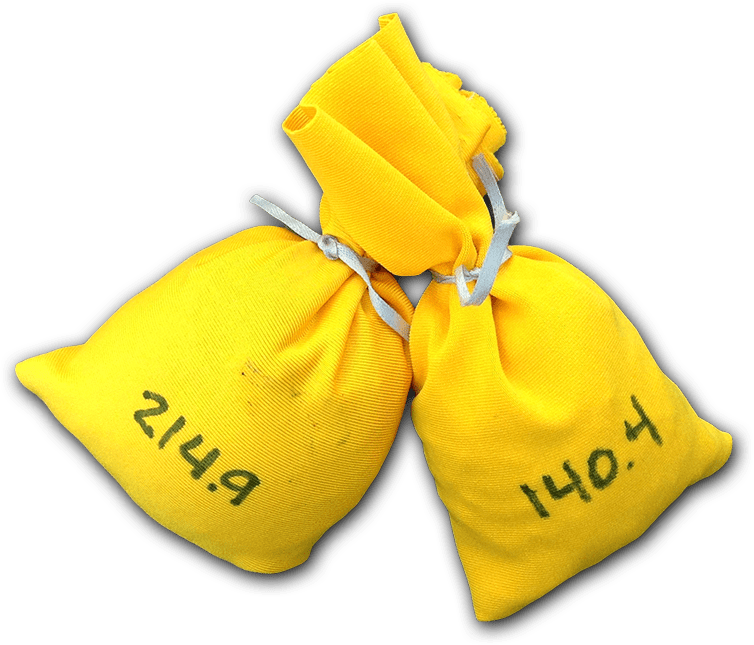
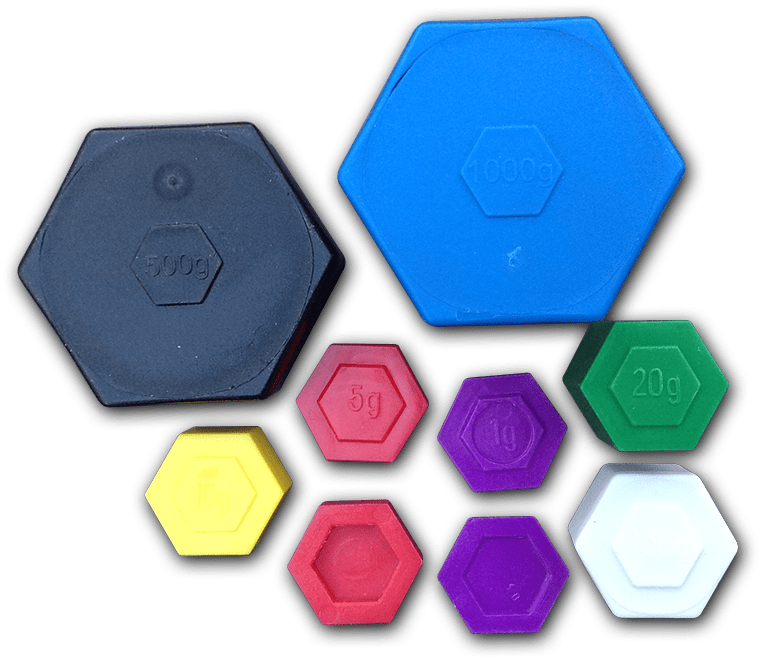
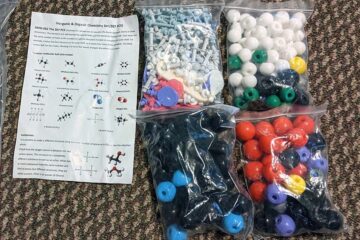
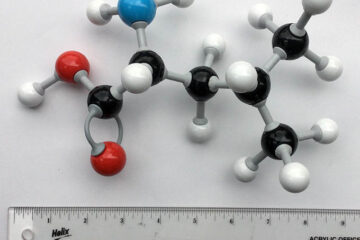
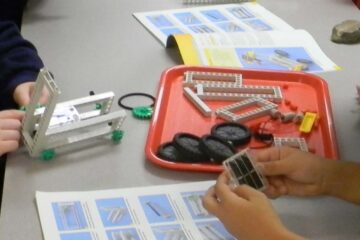
0 Comments